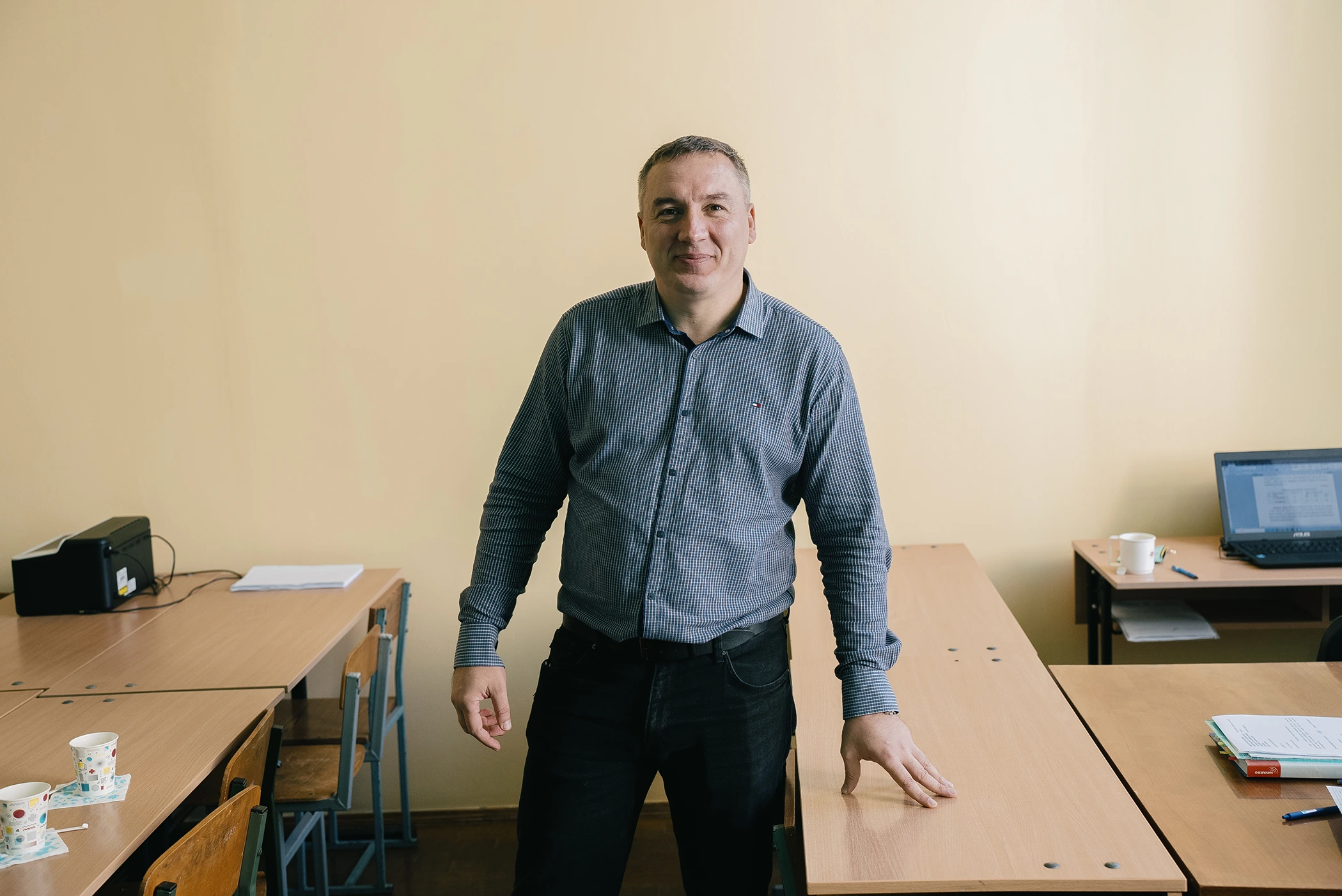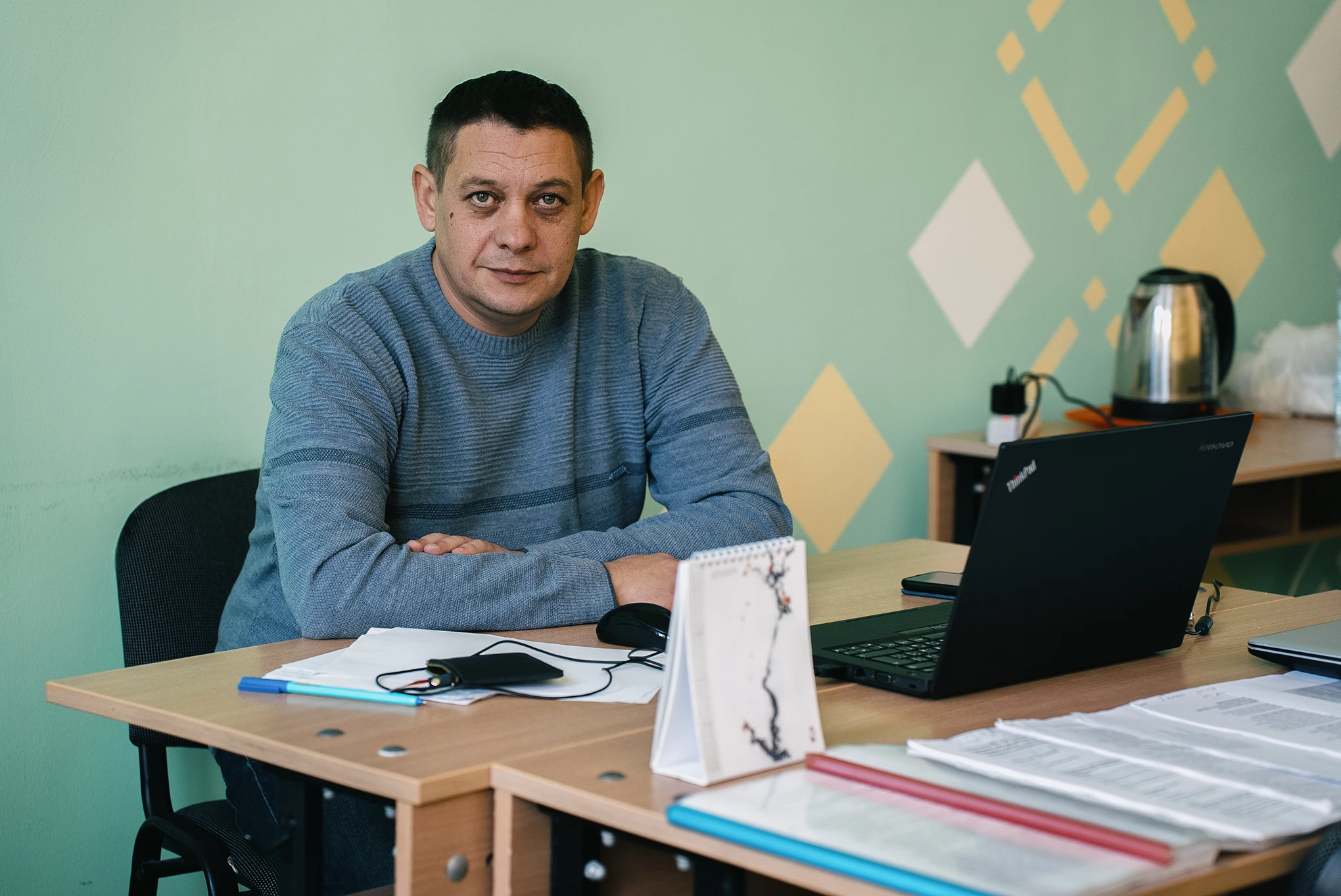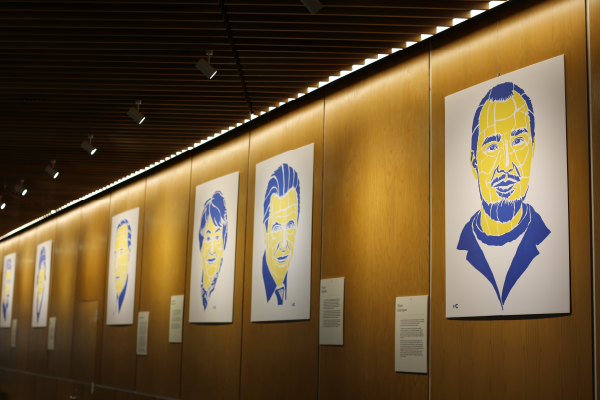

Explosive Fields: The Institute of Climate-Oriented Agriculture, Ammonium Nitrate Fortifications, and Aerial Bombs
02.05.24
At the Institute of Irrigated Agriculture, from the beginning of the introduction of large-scale irrigation in southern Ukraine, agricultural scientists worked on creating intensive crop varieties and resource-saving technologies for their cultivation under irrigation and drought conditions. Among the achievements the institute's staff are proud of are new varieties of alfalfa, cotton, soybeans, wheat, and corn. In particular, this includes drought-resistant alfalfa Khersonska 9. Modern irrigation systems such as Fregat, Valley, and Zimmatic have replaced the DDA-00 MA sprinkler installations, which spanned the entire field and evenly distributed moisture.
With the onset of the full-scale invasion, the institute's material base in Kherson, the village of Naddniprianske, the Askania experimental station, and the Rice Institute in Skadovsk were looted. The fields were mined, and the scientific buildings and laboratories were destroyed by Russian occupiers.
Leading institute staff, under the pressure of the occupiers and destruction, were forced to temporarily relocate to Odesa to continue their research at the newly formed Institute of Climate-Oriented Agriculture of the National Academy of Agrarian Sciences of Ukraine.
The history of the Institute of Irrigated Agriculture of the National Academy of Agrarian Sciences begins in 1889, when there was an urgent need to train agronomists for the development of agriculture in the southern arid region of Ukraine. At that time, the Kherson Zemstvo Field was established, with Konstantin Tarkhov as its first head. In 1910, the experimental field was transformed into an experimental station. In the 1930s, amid increasing attention to the development of cotton growing in the region, the station changed the direction of its research. Priority areas became cotton cultivation techniques and mechanization of harvest. During this period, researchers managed to breed several new early-maturing cotton varieties. At that time, scientific research at the station was conducted by Serhiy Lysogorov, the founder of the scientific school of irrigated agriculture.
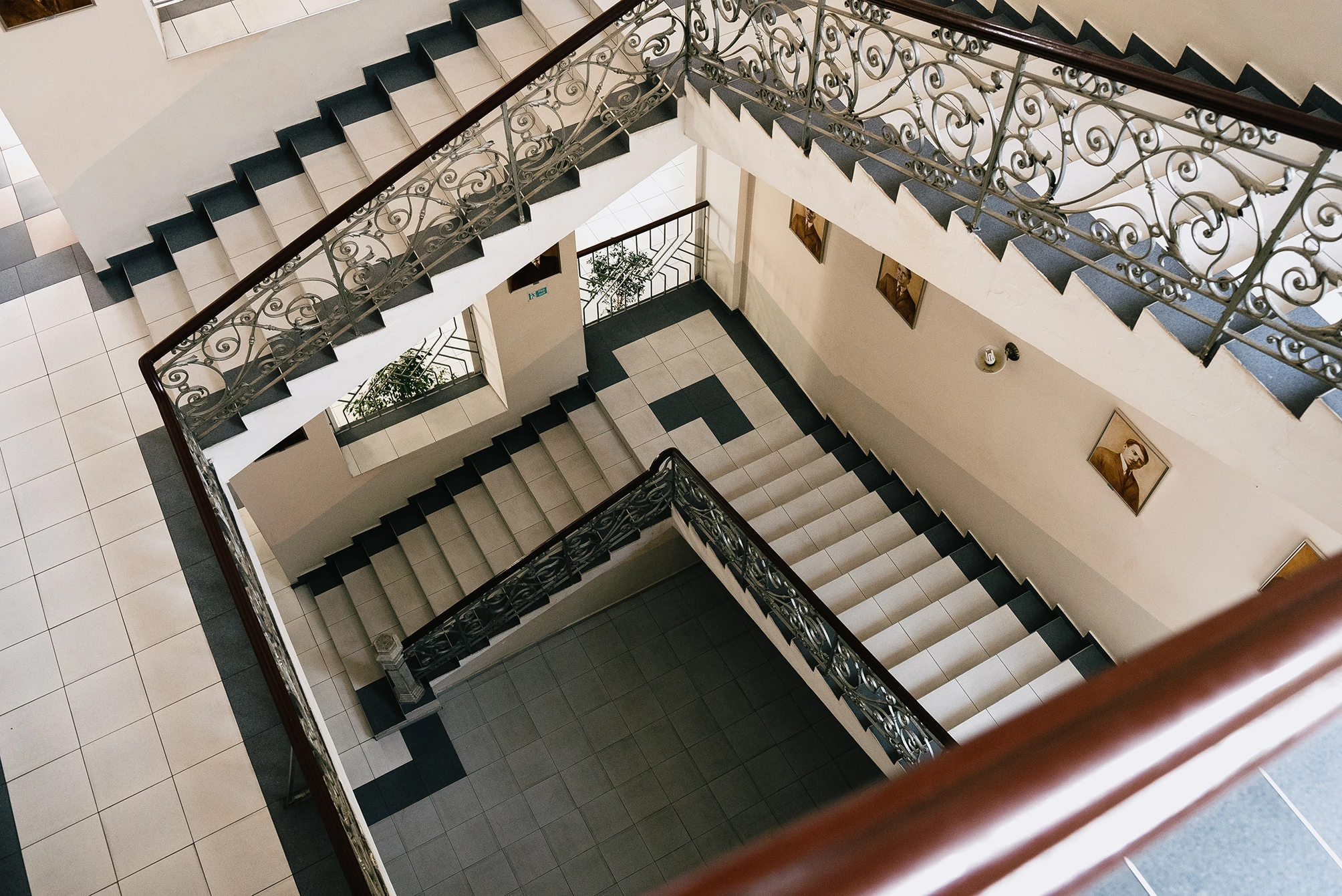
Thanks to scientific achievements, the experimental station was given the status of a scientific research institute in 1956. In the 1960s, a new modern base for the institute was established—the village of Naddniprianske. The institute received new buildings with laboratories, state-of-the-art irrigation equipment for its time, and significantly expanded the scope of its research. Director Oleksandr Sobko oversaw the process of creating the new base for the institute. At that time, the institute was joined by young scientists who later became the primary developers of scientific support for agricultural technology on irrigated and non-irrigated lands.
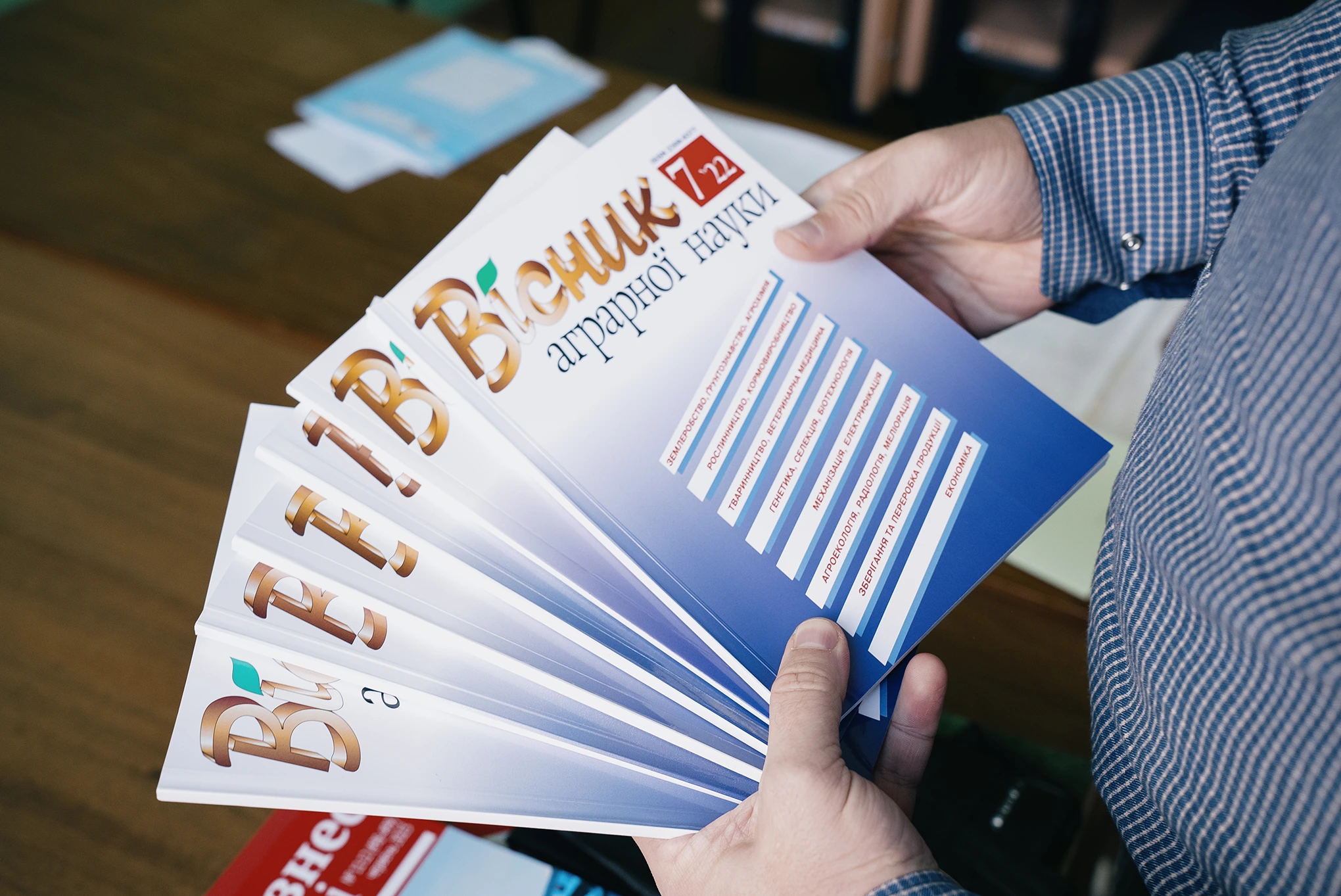
In July 2022, the institute was reorganized. The Skadovsk Rice Institute and the Southern State Experimental Station of the Institute of Water Problems and Land Reclamation of the National Academy of Agrarian Sciences were subordinated to it. The new institution became the Institute of Climate-Oriented Agriculture. The research focus was greatly expanded, and in addition to the main areas, priority was given to scientific research related to adapting agriculture to climate change.
The newly created institute consists of eight departments, a Scientific Center for Genetics, Breeding, Seed Production, and Rice Technology, as well as a Laboratory of Systemic Bioengineering in Animal Husbandry.
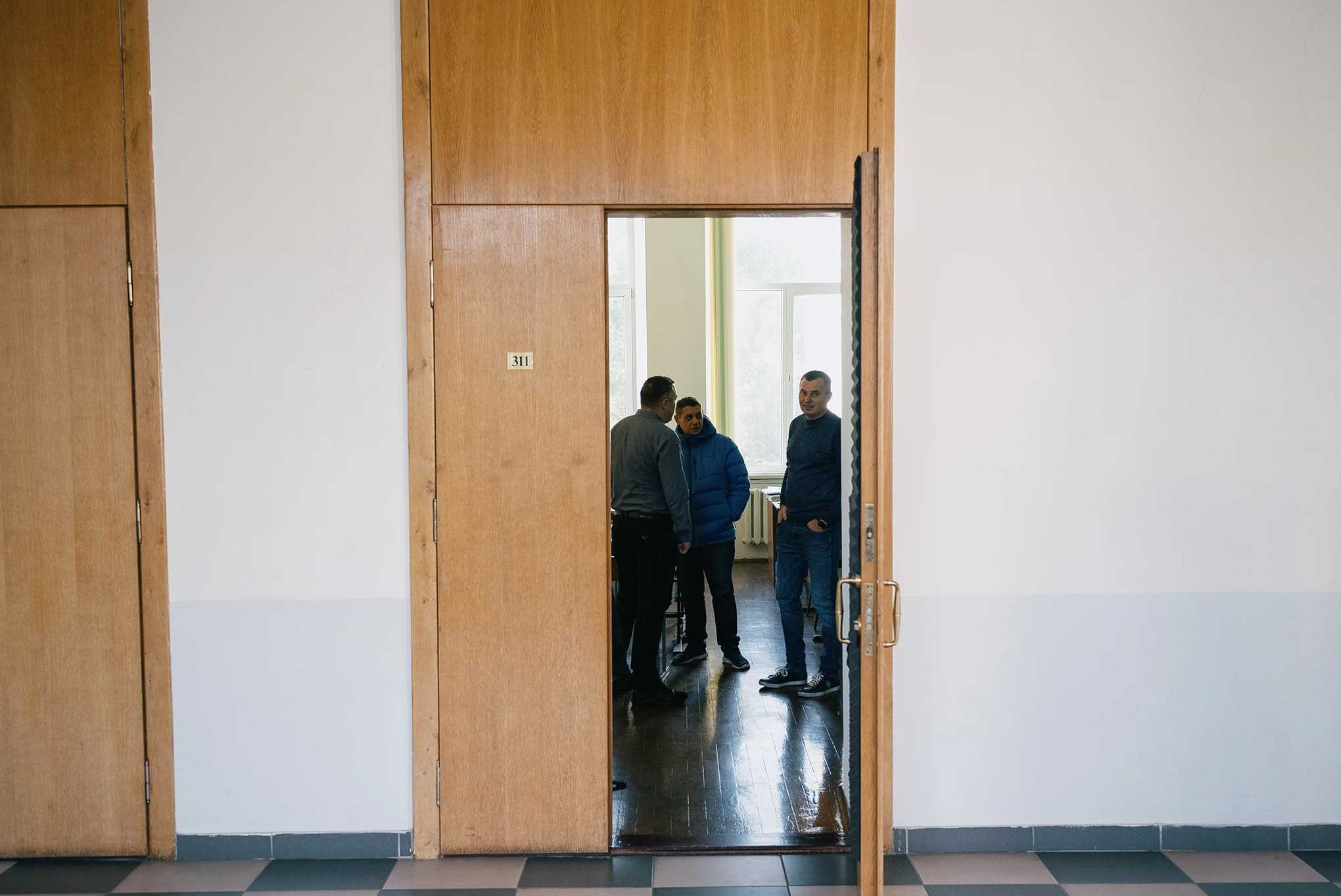
Currently, the institute's employees have been allocated premises in one of the buildings of the Odesa State Agrarian University. We are greeted by three scientists: Deputy Director for Scientific Work Oleksiy Danchuk, Deputy Director for Scientific and Production Work Anatoliy Tomnytsky, and Academic Secretary Oleksandr Shablya.
The latter shares that if the director of the institute, Raisa Vozhehova, had not called all the employees and convinced them to leave the occupation, he would have died since he lived in Hola Prystan, which was 80% flooded after the Kakhovka Hydroelectric Power Plant was blown up.
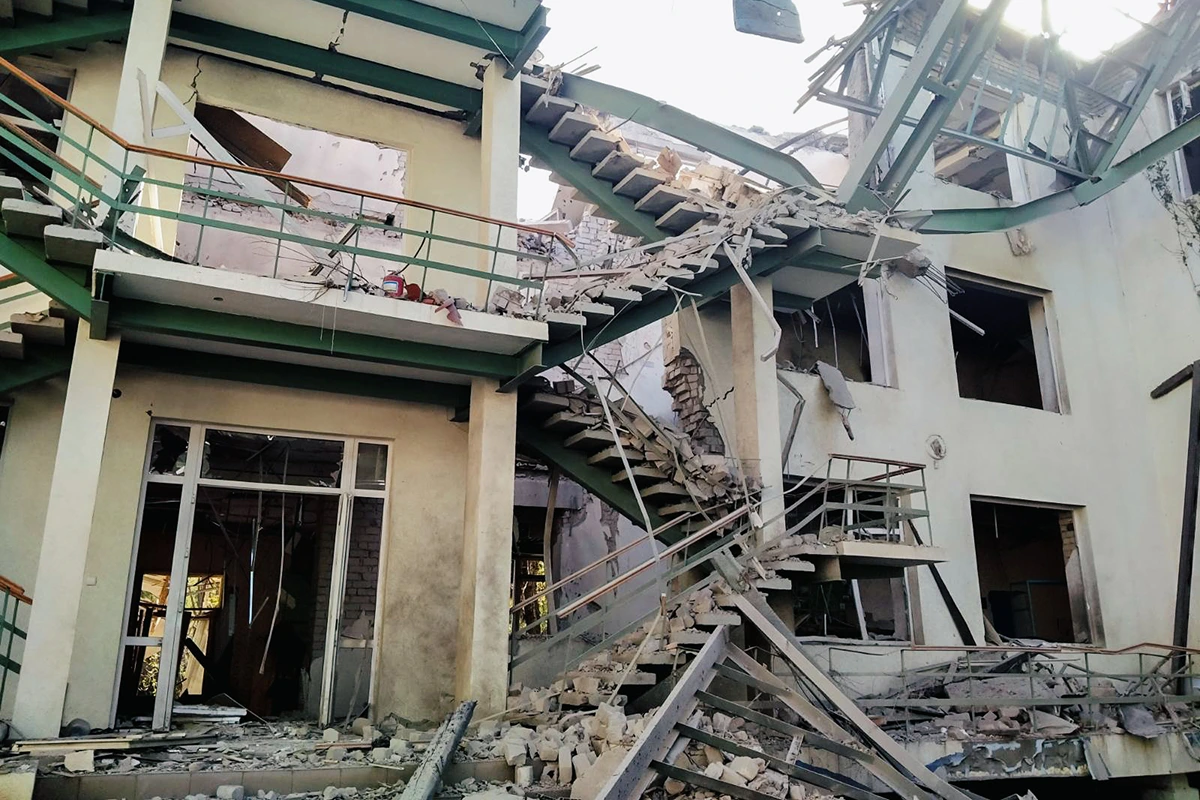
At the beginning of the occupation of the Kherson region, the institute's building was taken over by Russian military forces. The premises were completely looted of office equipment, laboratory devices, and equipment. Scientific literature was removed from the institute and burned.
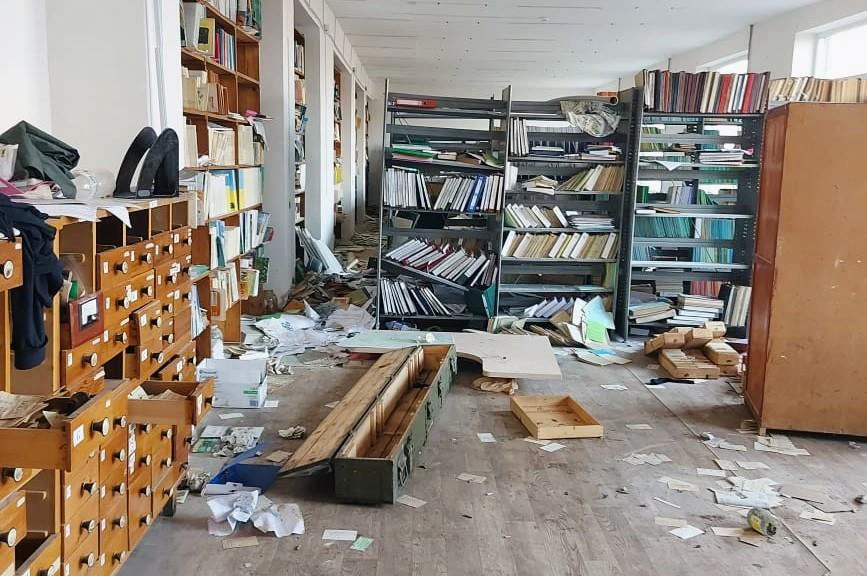
As Anatoliy Tomnytsky reports, the occupiers looted seed material and sacks of explosive ammonium nitrate, which were used as fortifications. To understand the potential scale of destruction from such use, it is worth recalling that in 2020, an explosion of ammonium nitrate occurred in the port of Beirut due to storage violations. In TNT equivalent, the explosion was equal to two kilotons. 220 people died, and another 6,000 were injured, with buildings damaged within a 10-kilometer radius of the explosion's epicenter.
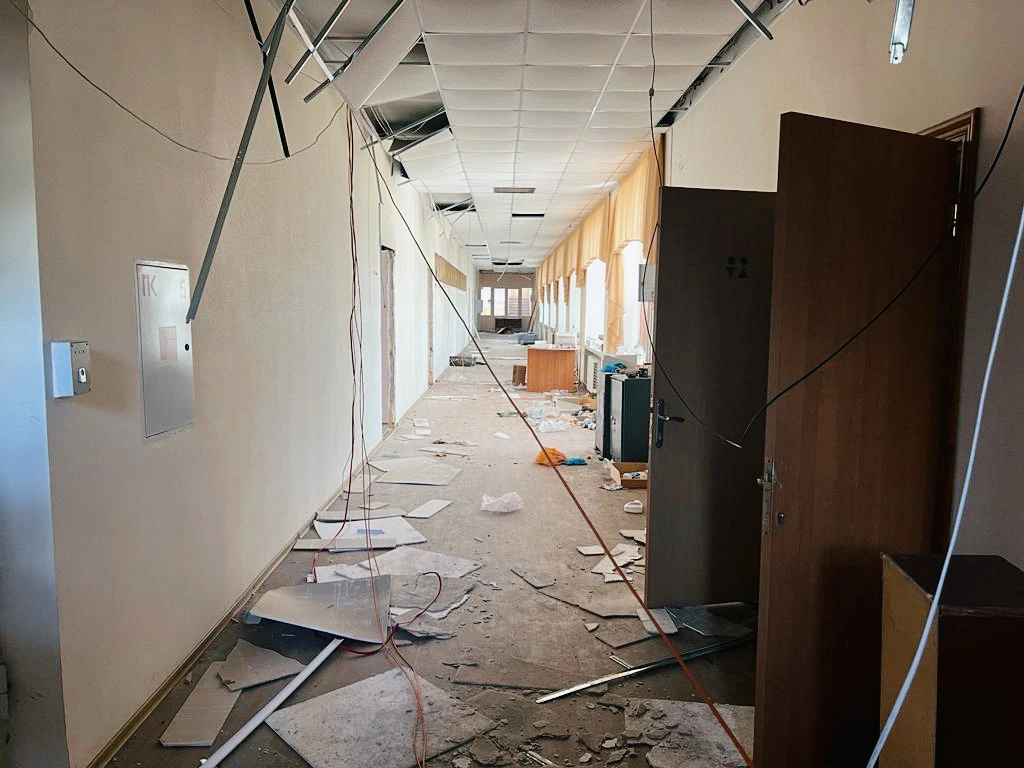
After deoccupation, employees returned to virtually empty walls.
"During the occupation, I had no desire to even visit the institute's territory. The occupiers made it a stronghold because our institution is in a favorable geographic location: located right at the crossroads of roads leading to Mykolaiv, Kakhovka, Beryslav, and Snihurivka; the occupiers took advantage of this," recalls Anatoliy.
Now, some employees remain in Kherson to monitor the building and work with those farmers who continue to seek their advice.
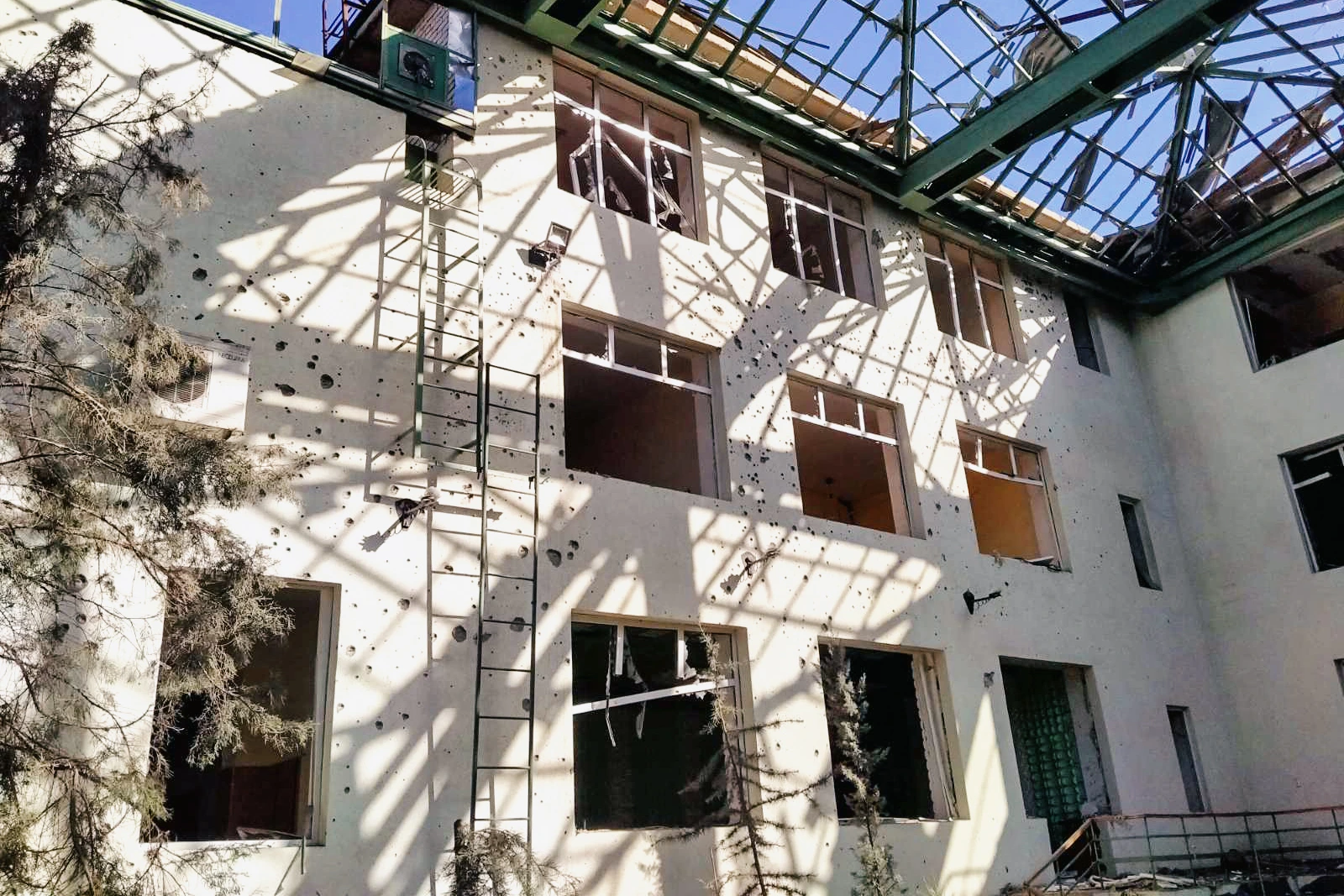
The institution cannot estimate the losses because the institute's building is constantly under attack. Artillery fire reaches it, and more recently, bombings with guided aerial bombs (KAB) have begun. As a result of one such strike, a six-meter-deep crater formed near the building, and material losses included 287 windows. The second KAB-500 strike destroyed the main building of the institute from the third to the first floors.
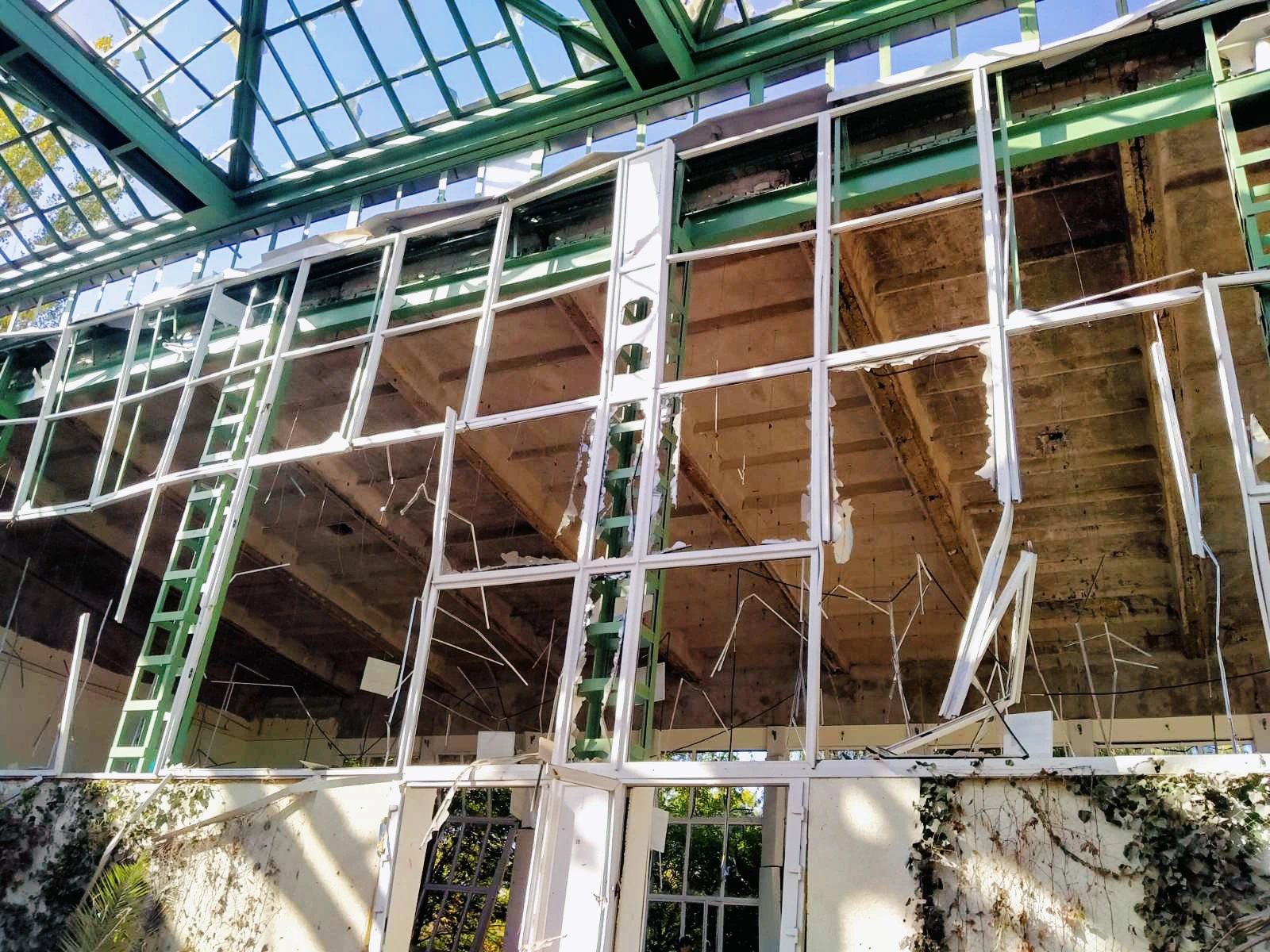
The actual calculation of losses is complicated by the ongoing hostilities, and the administration can only operate based on the balance sheet value of the property, which differs significantly from its actual value.
"Yes, our balance sheet value of a printer is 750 hryvnias. The question is: can you buy a new printer for 750 hryvnias? Obviously not...," Olexandr Shablya concludes. "According to documents, our estimated losses are around 20 million hryvnias, but we cannot restore it for such an amount, much as we would like to."
The staff most regret the damage to the dendropark, which was established in 1965. It held the status of a park-monument of garden art. The main building also housed a winter garden with decorative tropical and subtropical plants.

The Institute still owns several hundred hectares of fields. Some of them are mined, while others are under occupation. Sappers cannot inspect the right bank of Kherson because they only work outside a 20-kilometer radius from the combat zone.
In the Odesa region, scientists continue to implement innovative developments, sign cooperation agreements with individual farms, conduct soil and water analysis, and collect plant samples. According to scientists, this is necessary for farmers because it provides a comprehensive picture of the factors affecting their crops and allows them to improve yields. Links with farmers have been maintained in the right bank of Kherson, but most farms the institute worked with were located on the left bank of the Dnipro, so cooperation had to be limited.

"I'll say an unpopular opinion: building something new from scratch is easier than rebuilding the old," says Oleksiy Danchuk. He explains that the institute used to have a regional level, working only with local farmers within the region. The consolidation of scientific institutions and the expansion of research allows the institute to go beyond regional scientific activities. "Climate change is causing massive damage to farmers worldwide, and in Ukraine, we still don't even realize where we're heading. The relevance of this institution's emergence is absolute."
The most important thing Oleksiy Danchuk believes has been preserved is the team. This has not only allowed the work to continue but also expanded its scope. In addition to studying the impact of climate on crops, a laboratory for systemic bioengineering in animal husbandry has been created. This laboratory, besides studying the relationship between ecology and the condition of animals, also develops an electronic herd management system and an artificial intelligence system to predict the genetic characteristics of domestic animals. Breeding is also not forgotten.
"Why are our varieties unique? Because they could be grown both under irrigation and without it. This was very beneficial for our arid conditions in the southern region. Our soybean, wheat, and alfalfa varieties are of interest to agricultural producers from Turkey, Georgia, and Kazakhstan," Anatoliy Tomnytsky explains.
According to the staff, the full restoration of the institute requires substantial funds, but scientists are creating grant projects, part of which goes towards purchasing research equipment. Despite everything, scientists are waiting for the complete liberation of the Kherson region and the opportunity to return to the original scientific base.
"We will repair the building, just give us a chance. We'll make it better than it was before. Our institute has been reborn like the phoenix. Everything burned down, everything was destroyed, and the institute emerged entirely new," Oleksiy Danchuk bids us farewell optimistically. There is no sense of depression in conversations with the scientists. On the contrary, every word they say conveys a sense of confidence in the future of their scientific institution and Ukrainian science as a whole.
With the support of Alfred P. Sloan Foundation and facilitated by IIE.

